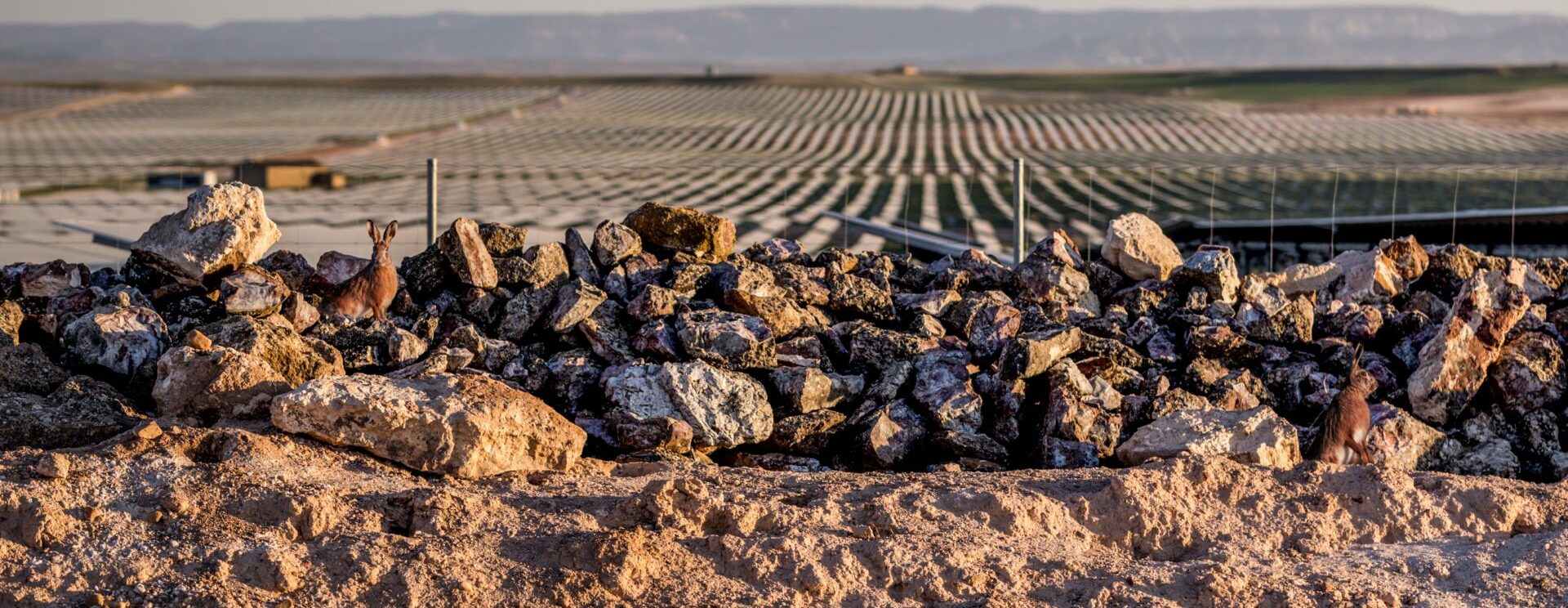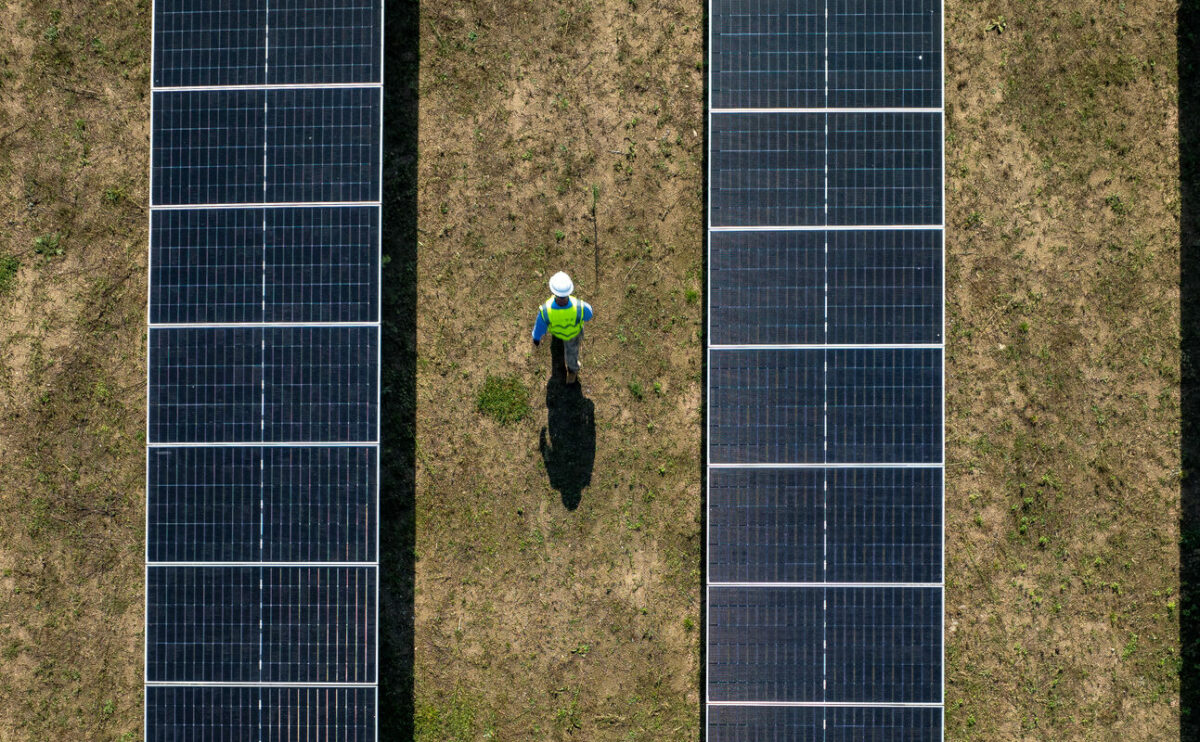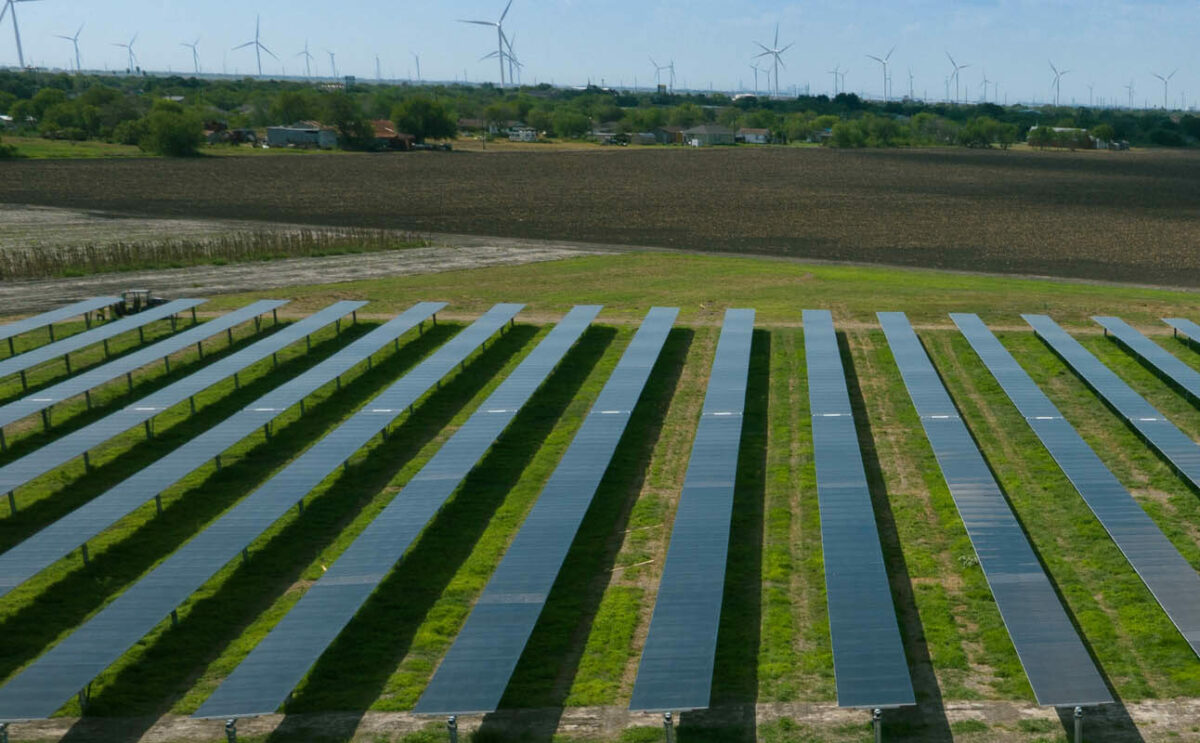How our solar farms deliver ecosystem enhancements
This week Solar Power Europe released the entries for its Solar Flora and Fauna photo competition, showcasing the various initiatives that solar projects can also implement to help support nature and biodiversity.
Our solar projects are developing across the world, as the transition to a low-carbon future progresses. Enhancing biodiversity is always at the forefront of our projects.
Once constructed our projects offer an ideal location to boost the biodiversity and resilience of the local ecosystem, providing a place for wildlife to co-exist.
Biodiversity can be increased in several ways on solar farms and the initiatives are usually tailored to the existing environment, so that our sites act as a boost to the surrounding area’s ecosystem. As a first step our environmental assessments help us understand the local ecosystem, and how we can enhance it. This means that different projects host different planting schemes and play home to a variety of animals.
In the UK we host Hares, Partridges, Pheasants, Tortoiseshell Butterflies amongst many other invertebrates, birds and small mammals. Our land management team help to boost the habitability of these sites through a range of post-construction initiatives, including seeding of native flora and wildflower mixes.
Other methods we use include installing bird and bat boxes, insect hotels, reptile refugia and recently our team have been involved in building hibernaculums to provide refuge for invertebrates, reptiles and amphibians.
These land management practices are helping to increase ecosystem resilience, whilst the land also generates renewable electricity. These two goals are critical to develop energy security, whilst protecting the planet.
In Spain our planting schemes have increased the number of hares across the surrounding regions, whilst we have also partnered with Conservation group DEMA to build a nesting site for the endangered Lesser Kestrel. In Australia, the team is creating habitats for Flying Foxes and Koala bears, through our Woolooga conservation area. In the US we have taken steps to cultivate a carbon storing shortgrass prairie habitat, that will not only help to store atmospheric carbon, the roots pump carbon into the soil, fertilising deep layers of the soil to provide a strong foundation to boost the entire ecosystem.
These are just a few examples of how our solar farms are helping create the energy projects of the future, through multi-land use initiatives that are constantly evolving.
Related news
22 Oct, 2025
Lightsource bp supports Apple’s renewable energy projects progress across Europe
Lightsource bp is proud to partner with Apple Inc. in support of its goal to achieve carbon neutrality across its entire footprint by the end of this decade.
21 Oct, 2025
Environmental safety in action: living our Golden Rules
At Lightsource bp, our Golden Rules are daily practices that protect our people and ensure business continuity, especially in the face of climate extremes.
17 Oct, 2025
USA: Lightsource bp and Pinnacle Financial Partners announce $97.9M tax equity deal for Peacock Solar
Lightsource bp and Pinnacle Financial Partners today announced the closing of a $97.9 million tax equity deal to finance the 187 MW Peacock Solar in San Patricio County, TX.




